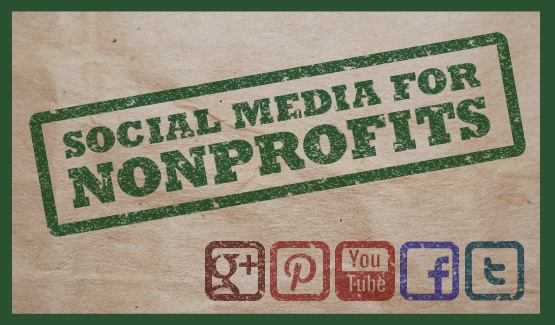
According to the Case Foundation, 97% of nonprofits are on Facebook. If everyone is doing it, they can’t be wrong… right?
WRONG.
While having social media is important for nonprofits, a majority of these organizations aren’t using social media best practices, and therefore, may be wasting their precious time and energy. With many nonprofits delegating these social media outlets to one or less employees, organizations are not seeing the maximum benefit that social media can provide.

What nonprofits don’t understand is that an effective digital marketing campaign is not simply a sporadic Facebook post to promote an event. Social media is frankly one piece to a larger digital marketing puzzle.
I’m going to break down the social media enigma as simply as possible, so nonprofits can better utilize their accounts and ultimately achieve their overall goal more efficiently.
1. Content – Try to get away from simply posting events just to increase attendance. Chances are, if someone is following you, they care about your mission. Create interesting content that your donors or volunteers would be interested in. For example, write a short story about someone your organization has helped or show them how their money/time is being spent to benefit a population.
2. Join the conversation – Connect with organizations alike with yours and join the conversation. Reply, like, and retweets those in your field to bring relevance and visibility to your nonprofit.
3. Posting schedule – Don’t post too little, but don’t post too much either. If you don’t have value to add, don’t post something just to post. Also, each platform is different. For example, Twitter allows for more frequent posts than Facebook or Instagram. There is no rule of thumb on social media posting for each nonprofit. Keep an eye on your audience to see how often they are engaging or sharing updates and base your posting schedule on that.
4. Hashtags – Twitter recently found that the use of a hashtag in a post could lead to double the user engagement for brands, including nonprofits. Research appropriate hashtags for your nonprofit via the search bar on twitter and begin to test ones out. When you join the conversation of similar nonprofits, or those nonprofits in close proximity to you, you will begin to see #Hashtags reappear. Utilize these hashtags to communicate with those in your sector. Having trouble? Try this website.

5. Analytics – This is very important. Be sure to keep track of your growth and engagements on social media. While you may think it’s going great, numbers do not lie. This is where you learn if you need to alter your strategy a bit. For example, you may be mainly utilizing Twitter and seeing poor stats, due to the fact that Facebook and Instagram would be much better suited for your organization.
Follow these simple tips to beef up your social media strategy as a very important part of your digital marketing campaign. Still feel lost or want an experts opinion? Take the work out of social media and click below for a free digital marketing analysis.
Article written by Krissy Yurkanin, Tapp Network
Featured images courtesy of Postano.com, Socially Aware Blog, Business News Daily
Tapp Network is a marketing & technology firm serving nonprofits and organizations seeking to accelerate their social impact, capacity building, and revenue growth for good.